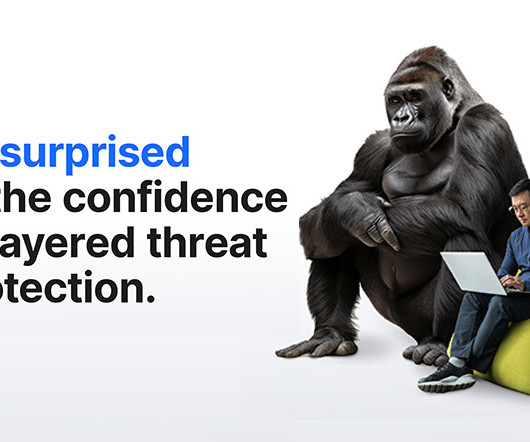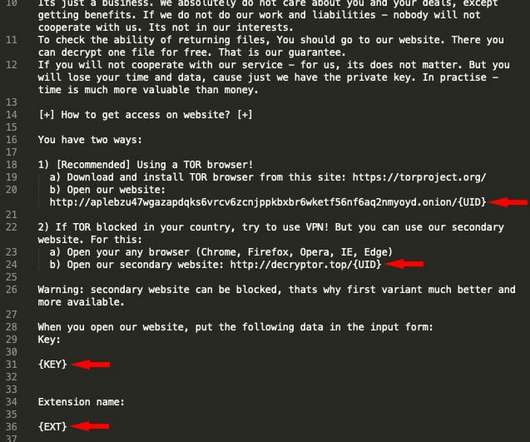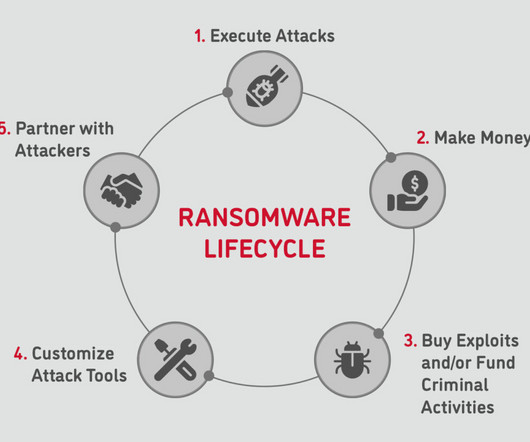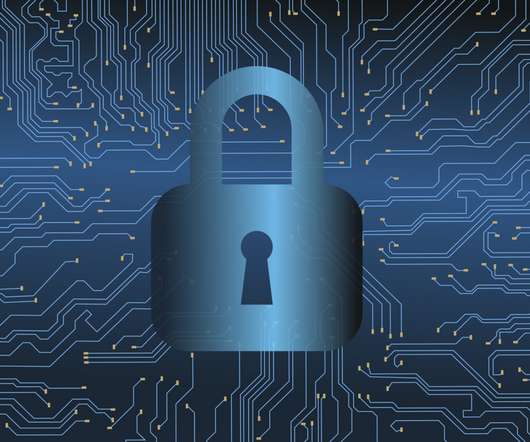A week in security (July 4 – July 10)
Malwarebytes
JULY 11, 2022
The post A week in security (July 4 – July 10) appeared first on Malwarebytes Labs.

Malwarebytes
JULY 11, 2022
The post A week in security (July 4 – July 10) appeared first on Malwarebytes Labs.

Webroot
SEPTEMBER 7, 2023
The number of ransomware attacks has increased by 18% , while the worldwide volume of phishing attacks doubled to 500 million in 2022. The best way to weather these challenges is to become a cyber resilient business. If a cyber criminal gets access to emails, they won’t be able to access that sensitive data if it’s encrypted.
This site is protected by reCAPTCHA and the Google Privacy Policy and Terms of Service apply.

eSecurity Planet
OCTOBER 5, 2021
We should encrypt data at rest. Paying for internal assessments and penetration tests by a third party can provide fresh thinking and a level of assurance for stakeholders such as customers, the board of directors, and the insurance company that wrote our cyber insurance policy. We should use multi-factor authentication.

eSecurity Planet
AUGUST 9, 2022
Healthcare Data Privacy Laws. Luria said the increasingly common practice in highly regulated industries (such as financial services and healthcare) is to create and implement their own customized database solutions and tie them to their particularized IT compliance requirements. Health data and patient data in the U.S.

NetSpi Executives
APRIL 27, 2024
Attackers guess the passwords easily, find them in open source code repositories, or collect them via phishing. In addition to encrypting data and holding it hostage, ransomware attackers also upload valuable data to other systems on the internet. Administrators who access IT management interfaces—e.g.,

eSecurity Planet
APRIL 6, 2023
Ransomware is a type of malicious program, or malware, that encrypts files, documents and images on a computer or server so that users cannot access the data. These keys are available to the attacker, and the encryption can only be decrypted using a private key. How Does Ransomware Work?

eSecurity Planet
FEBRUARY 16, 2021
A ransomware attack is about as bad as a cyber attack can get. It can shut down your business – in the case of healthcare organizations that can be life-threatening for patients – damage your reputation with customers and employees, and invite further attacks as cybercriminals view your organization as an easy mark. Screenshot example.
Let's personalize your content